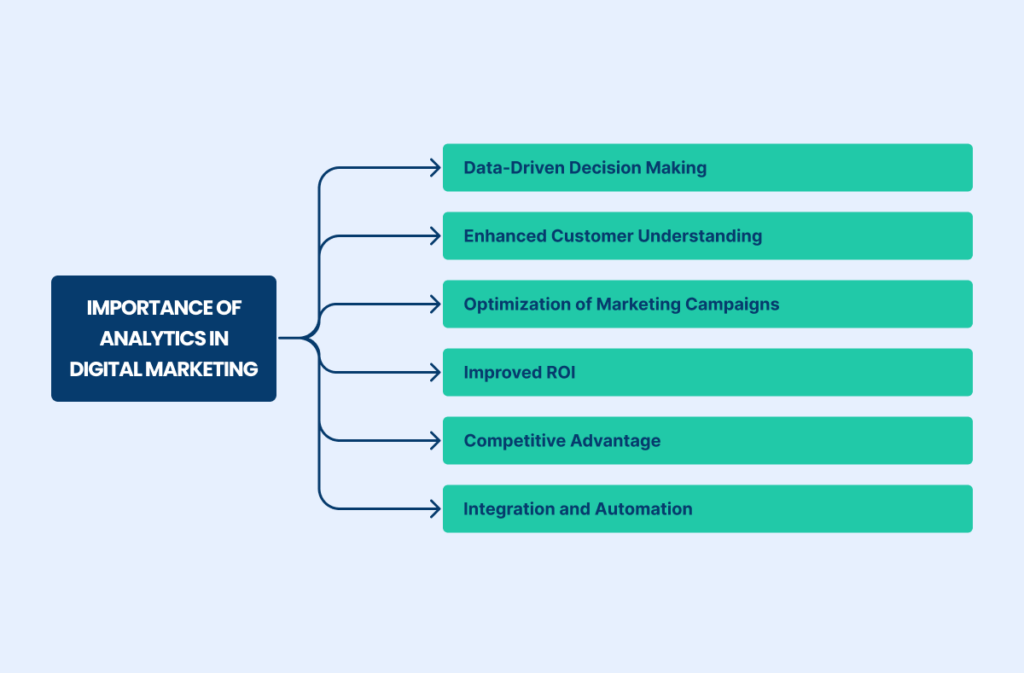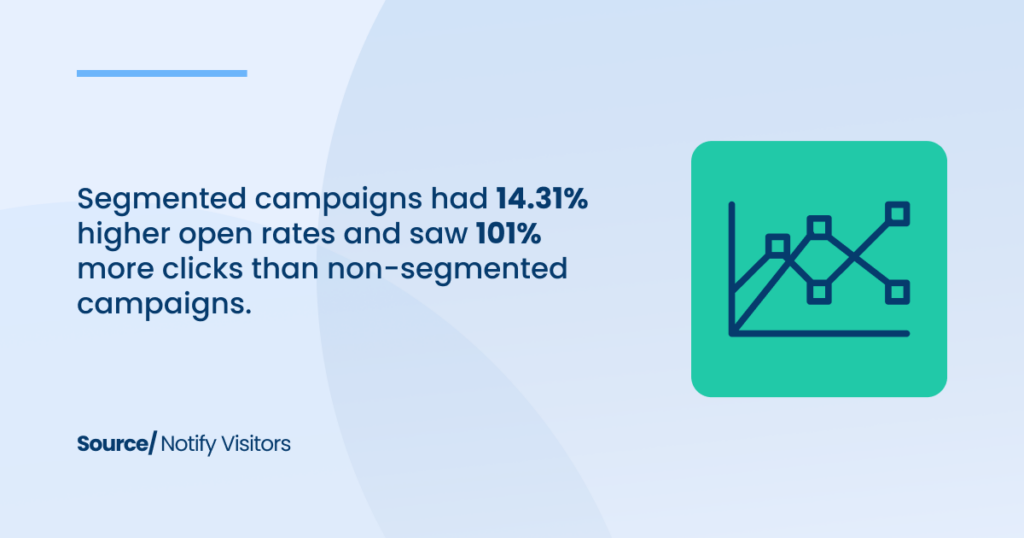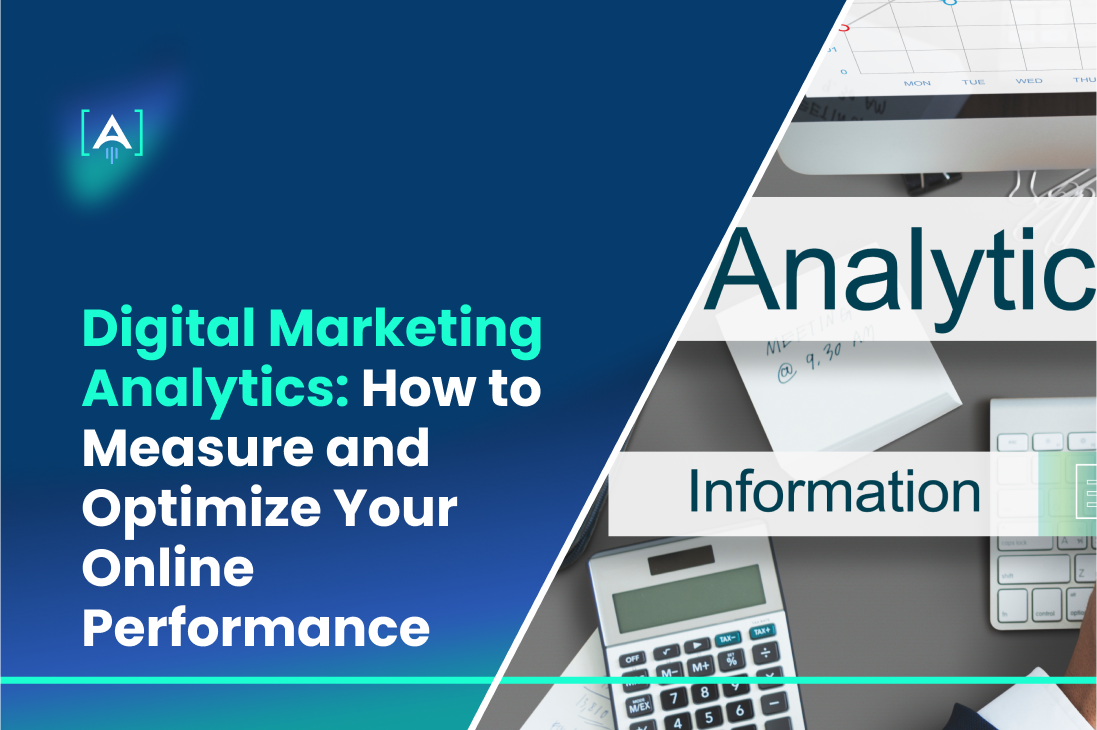In the era of digital transformation, businesses are increasingly turning to digital marketing to reach their target audience.
Digital marketing analytics has become an indispensable tool for measuring the success of these efforts and making data-driven decisions.
Statista highlights that marketers from the United States said that 37.7 percent of their projects used marketing analytics to help in making an informed decision.
Source: Analytics software application market worldwide, Statista
Additionally, the market size for business intelligence and analytics software applications is forecast to increase worldwide over the next few years, from 15.3 billion U.S. dollars in 2021 to more than 18 billion in 2026. This growth presents a significant opportunity for a quality Marketing Analytics & Reporting Agency to expand its services and capitalize on the increasing demand for detailed analytics and business insights.
The blog post will cover what is digital marketing analytics and how to measure and optimize your online performance.
Understanding Digital Marketing Analytics
Digital marketing analytics encompasses the processes and tools used to analyze and leverage data from digital channels to inform marketing strategies.
This analytical approach not only tracks the performance of online marketing campaigns but also provides insights into customer behavior and preferences.
The global big data analytics market size was valued at USD 307.51 billion in 2023.
The market is projected to grow from USD 348.21 billion in 2024 to USD 924.39 billion by 2032, exhibiting a CAGR of 13.0% during the forecast period.
Source: Fortune Business Insights
By effectively employing digital marketing analytics, businesses can enhance their digital marketing efforts, optimize their digital marketing strategies, and achieve a higher return on investment.
Importance of Analytics in Digital Marketing
The role of analytics in digital marketing cannot be overstated. As the digital landscape continues to evolve, the ability to analyze and respond to data in real-time becomes crucial.

Key Metrics and Tools
In digital marketing analytics, understanding and tracking the right metrics is crucial for optimizing digital marketing campaigns and achieving strategic objectives.
Essential Digital Marketing Metrics
Traffic Metrics
- Website Traffic: This is the starting point for most digital marketing analytics efforts. Website traffic metrics provide insights into the volume of visitors to your site and are essential for gauging the reach of your digital marketing strategy. Metrics include the number of visitors, page views, and unique page views.
- Sources of Traffic: Understanding where your traffic comes from (e.g., organic search, paid ads, social media, direct visits) helps marketers optimize their efforts across different channels. Tools like Google Analytics play a crucial role here, offering detailed reports on traffic sources.
- Bounce Rate: This metric measures the percentage of visitors who leave your site after viewing only one page. A high bounce rate may indicate that the landing pages are not relevant to the visitors or that the user experience is lacking.
- Traffic Growth: Monitoring the growth or decline in website traffic over time can help marketers understand the effectiveness of their digital marketing campaigns and adjust strategies accordingly.
Conversion Metrics
Perhaps the most critical metric, the conversion rate measures the percentage of visitors who complete a desired action (e.g., filling out a form, signing up for a newsletter, making a purchase).
The average Google Ads conversion rate is 7.04%.
Source: WordStream
This metric is central to evaluating the ROI of digital marketing efforts.
- Cost Per Conversion: This metric is vital for paid advertising campaigns. It helps marketers understand the cost associated with each conversion, aiding in budget allocation and campaign planning.
- Lead to Close Ratio: Especially important in B2B digital marketing, this metric tracks how many of the leads generated through digital channels go on to become paying customers.
- Abandonment Rate: In e-commerce, the cart abandonment rate is crucial as it measures the percentage of shoppers who add items to their cart but do not complete the purchase, highlighting issues in the checkout process or pricing strategy.
Engagement Metrics
- Average Time on Site: This metric indicates the average amount of time visitors spend on your website. Longer times can suggest more engaging content or effective user engagement strategies.
- Pages Per Session: Reflects the number of pages a visitor views during a single session. Higher values can indicate that the site’s content is engaging and that the site navigation is effective in encouraging visitors to explore more.
- Social Interactions: Metrics such as likes, shares, comments, and retweets gauge how engaging and shareable the content is on social media platforms. These interactions can provide insights into content performance and audience preferences.
- Click-Through Rate (CTR): In email marketing analytics and paid advertising, CTR measures how often people click on the links contained in ads or emails. This metric helps assess the effectiveness of ad copy or email messages.
Analyzing Different Channels
In the realm of digital marketing, understanding how different channels perform can significantly impact the effectiveness of overall marketing strategies.
SEO Analytics
Search Engine Optimization (SEO) analytics is integral to digital marketing as it directly influences how potential customers find your site through search engines.
Utilizing the right analytics tools and techniques, marketers can significantly enhance their site’s visibility and drive more organic traffic.
Ranking and Visibility
SEO ranking and visibility are perhaps the most pivotal metrics within SEO analytics. They determine how prominently a site appears in search engine results pages (SERPs).
The visibility of your website on search engines depends heavily on optimizing both on-page elements like meta tags and descriptions and off-page elements such as backlinks and domain authority.
Keyword Performance
Keyword performance analytics is essential in evaluating the effectiveness of selected keywords in driving traffic and conversions.
Tracking how specific keywords perform helps marketers refine their SEO strategies and optimize content to match what users are actively searching for.
A well-optimized keyword strategy should align closely with user intent, a practice that can dramatically increase the relevance and traffic of a website.
According to Forbes, proper keyword research and optimization lead to an 80% increase in targeted organic traffic.

Tools like Google Analytics and Moz allow marketers to track which keywords are bringing traffic to their pages and how these keywords rank on search engines, providing valuable insights for tweaking digital marketing campaigns.
By focusing on SEO analytics, specifically ranking and keyword performance, marketers can gain a deep understanding of how effectively their content resonates with audiences and performs in organic search results.
This data is crucial for fine-tuning the elements of a digital marketing campaign, ensuring that every piece of content is not only visible but also impactful in terms of attracting and engaging potential customers.
Analyzing these aspects diligently and adapting strategies accordingly can lead to significant improvements in digital marketing performance, ultimately enhancing the overall ROI of digital marketing efforts.
PPC Campaign Analytics
Pay-Per-Click (PPC) campaign analytics is a critical component of digital marketing analytics that focuses on measuring the effectiveness and efficiency of paid advertising campaigns.
These analytics provide marketers with the necessary data to understand how their advertising spend converts into valuable customer engagement and sales.
Using sophisticated marketing analytics tools and data analytics techniques, marketers can fine-tune their campaigns for optimal performance.
Cost-per-Click (CPC)
Cost-per-Click (CPC) is a fundamental metric in PPC campaign analytics that measures the average cost paid for each click on an ad. This metric is pivotal as it helps marketers understand the financial efficiency of their paid search or display campaigns.
By analyzing CPC, marketers can assess whether the cost of the clicks is justifiable by the value of the traffic being driven to their website. Marketing analytics software often provides comprehensive data analytics and reporting features that allow for real-time tracking of CPC rates across various campaigns and platforms.
Click-through Rate (CTR)
Click-through Rate (CTR) is another critical metric in PPC campaign analytics that measures the percentage of people who click on an ad after seeing it. This metric is an excellent indicator of how relevant and appealing your ads are to the target audience.
A higher CTR generally suggests that an ad is effective at capturing interest and encouraging viewers to learn more by clicking through to the landing page.
Digital marketing analytics platforms integrate CTR tracking to provide marketers with immediate feedback on their ads’ performance.
By analyzing CTR, marketers can gain valuable insights into which ad designs, headlines, and calls to action are most effective, informing creative decisions for future campaigns. For instance, A/B testing various elements of an ad can reveal data-driven ways to enhance CTR.
Integrating CPC and CTR Analytics
To optimize PPC campaigns effectively, marketers should use marketing analytics tools that integrate both CPC and CTR analytics.
These tools, powered by marketing analytics software, enable a holistic view of how much is being spent per click and the percentage of clicks that convert into further interest or sales.
Predictive analytics marketing techniques can further enhance this process by forecasting future trends in CPC and CTR, allowing marketers to proactively adjust their strategies.
Social Media Analytics
Social media analytics is a crucial component of digital marketing analytics, enabling businesses to measure, comprehend, and improve the performance of their social media activities.
These analytics are essential for businesses to understand how effectively they are engaging with their audience, managing their brand presence, and ultimately driving conversions through platforms like Facebook, Twitter, Instagram, and LinkedIn.
The two primary metrics at the core of social media analytics are reach and impressions and engagement rates, each providing insights that help refine social media strategies.
Reach and Impressions
- Reach refers to the total number of unique users who have seen any content associated with your social media account.
This metric is crucial for understanding the scope of your message and how far your content is traveling beyond your immediate followers. It helps in assessing the effectiveness of your content distribution and the potential size of your audience.
- Impressions count the number of times your content is displayed, regardless of whether it was clicked or not. This metric is significant because it shows the frequency with which your content is seen, which can be a strong indicator of brand awareness.
High impressions relative to reach can indicate that your content is being seen multiple times by the same users, suggesting either targeted content recycling or a highly engaged audience.
Analyzing reach and impressions allows marketers to gauge the visibility of their social media posts.
Integrating Social Media Analytics into Broader Digital Marketing Strategies
The effective use of social media analytics involves more than just tracking metrics; it requires integrating these insights into the broader digital marketing strategy to optimize overall performance.
By leveraging tools that offer comprehensive analytics in digital marketing, businesses can track their social media metrics and see how these metrics relate to overall business goals.
Advanced Analytical Techniques
In digital marketing analytics, advanced analytical techniques are essential for optimizing marketing strategies and enhancing overall business performance.
These techniques help businesses examine their data more deeply, uncovering patterns and insights that can drive more targeted and effective marketing decisions.
Customer Segmentation
Customer segmentation involves dividing a business’s customer base into groups of individuals that are similar in specific ways relevant to marketing, such as age, gender, interests, spending habits, and more.

This technique allows companies to tailor their marketing strategies to specific segments, improving engagement and conversion rates.
By using digital marketing analytics, companies can identify which segments are most valuable and adjust their marketing efforts to target these groups more effectively.
Using tools like Google Analytics, businesses can track various metrics that help define these segments, such as which pages different groups visit, the types of products they interact with, and their behavioral patterns on the website.
This data is crucial for B2B marketing analytics, where understanding the specific needs and behaviors of business clients can significantly influence the success of marketing campaigns.
Predictive Analytics
Predictive analytics uses statistical algorithms and machine learning techniques to identify the likelihood of future outcomes based on historical data.
This is particularly important in digital marketing as it allows businesses to anticipate customer behaviors, outcomes, and trends.
For instance, predictive analytics can forecast which new products customers might like or identify the risk of churn based on engagement metrics.
Email marketing campaigns can greatly benefit from predictive analytics by optimizing the timing and content of emails to increase open rates and conversions.
Additionally, in content marketing analytics, predictive tools can help determine which types of content are likely to perform best, guiding content creation efforts more efficiently.
A/B Testing and Multivariate Testing
A/B testing and multivariate testing are techniques for comparing different versions of digital content to determine which one performs better on specific metrics such as clicks, conversions, and page views.
A/B testing involves changing one variable, while multivariate testing involves changing multiple variables to understand how these variations influence user behavior.
These testing methods are vital for refining digital marketing strategies. They allow marketers to make data-driven decisions that enhance the effectiveness of their digital content and campaigns.
Key performance indicators (KPIs) play a crucial role here, as they help determine which version of the content most effectively achieves the marketing objectives.
For instance, A/B testing can compare two different email campaign headlines to see which one results in higher open rates, while multivariate testing could analyze the effects of different layouts and content types on user engagement on a website.
Digital marketing analytics tools support these tests and provide detailed reports on their performance, enabling marketers to continually optimize their digital marketing efforts.
Partner with [A] Growth Agency for Your Digital Marketing Analytics & Reporting Approaches
As technology continues to evolve, the importance of analytics will only grow.
Where data is exponentially expanding, businesses can effectively analyze and leverage the information to have a distinct competitive advantage.
[A] Growth Agency will navigate market shifts and customer needs with agility.
Our experienced team believes in the power of data to inform and drive every strategy, ensuring our actions are as effective as they are innovative.
Growth isn’t just what we offer; it’s who we are. It’s embedded in our DNA and drives everything we do.
If that is what you are looking for, don’t hesitate!

